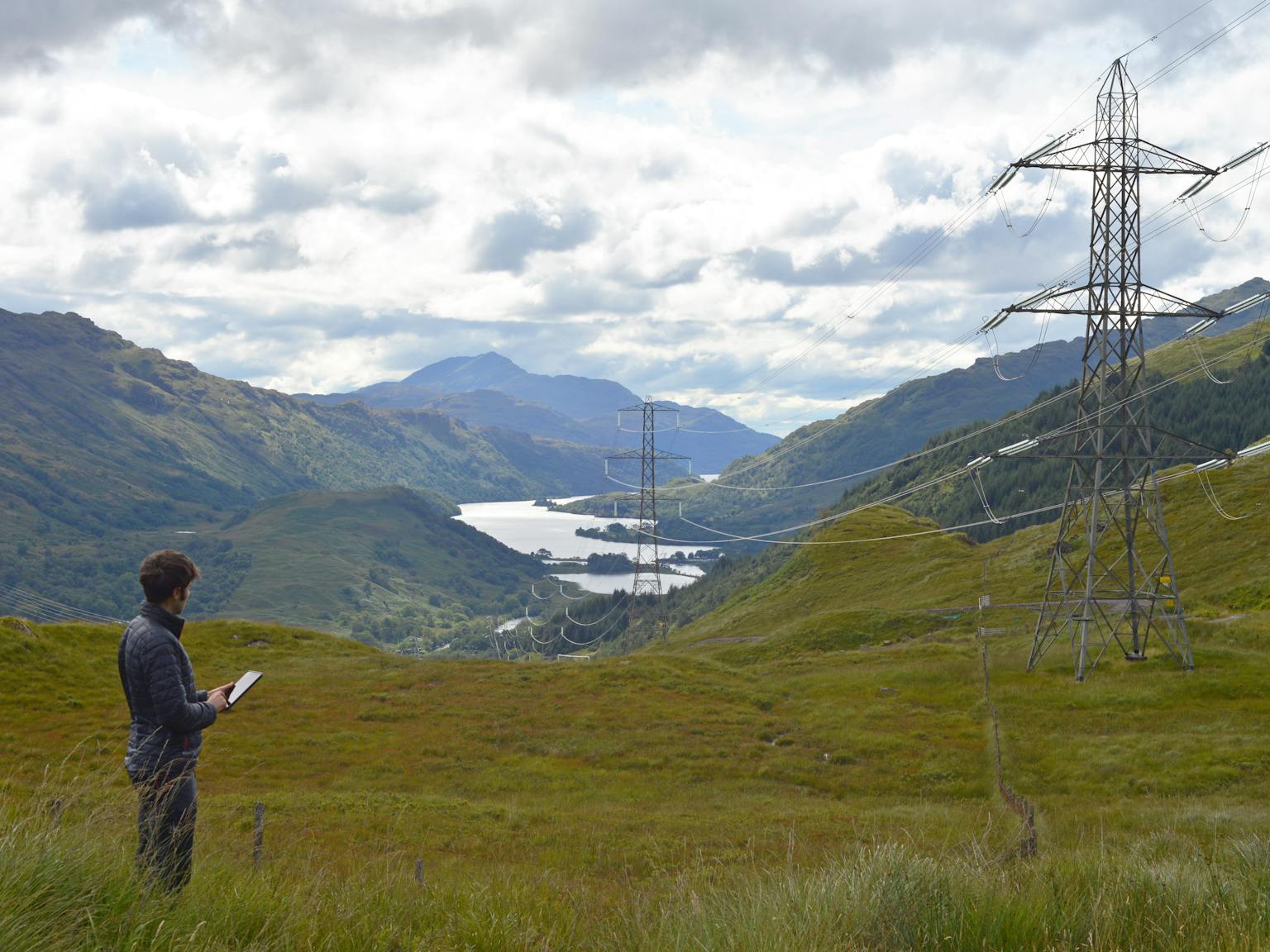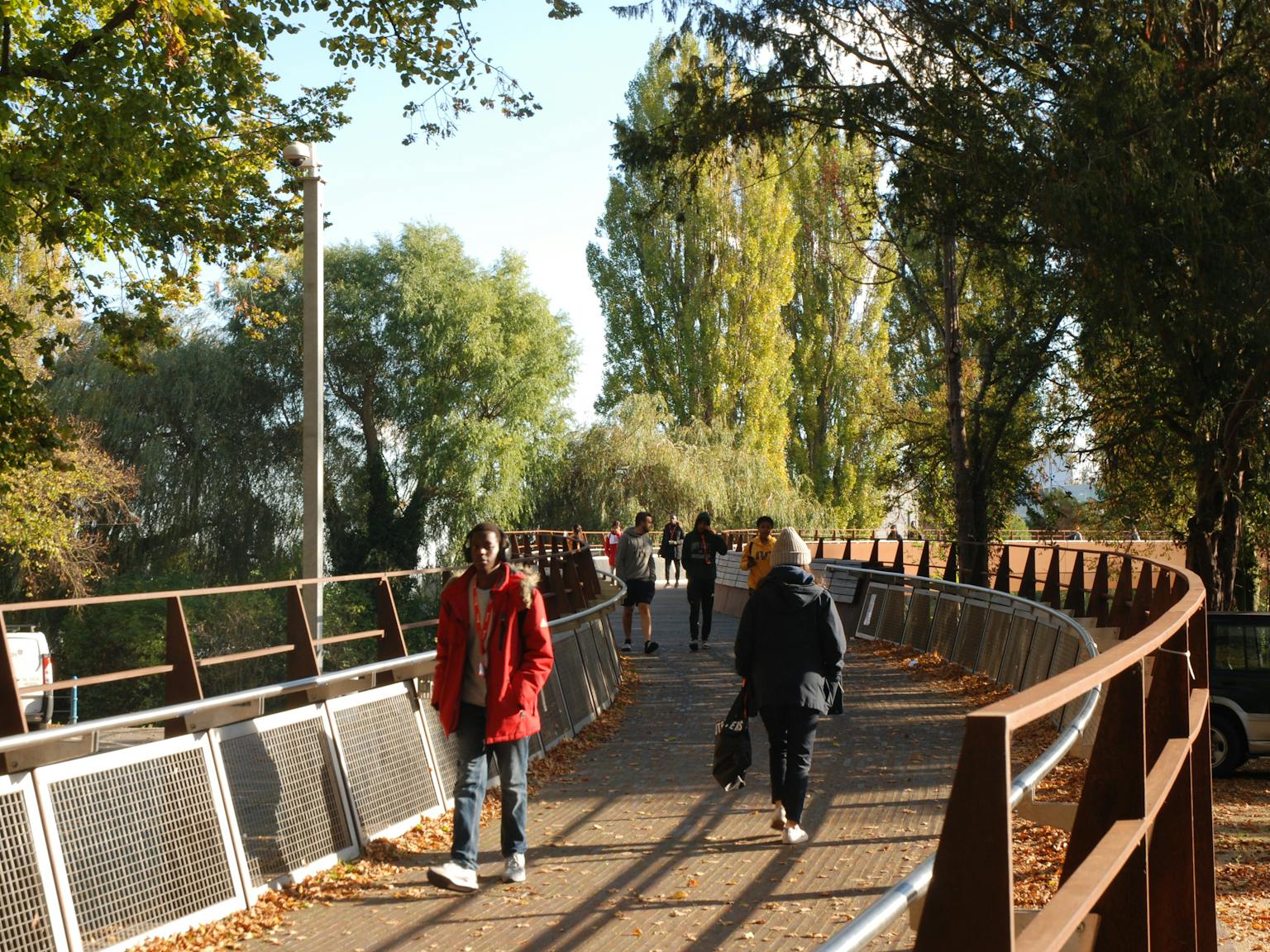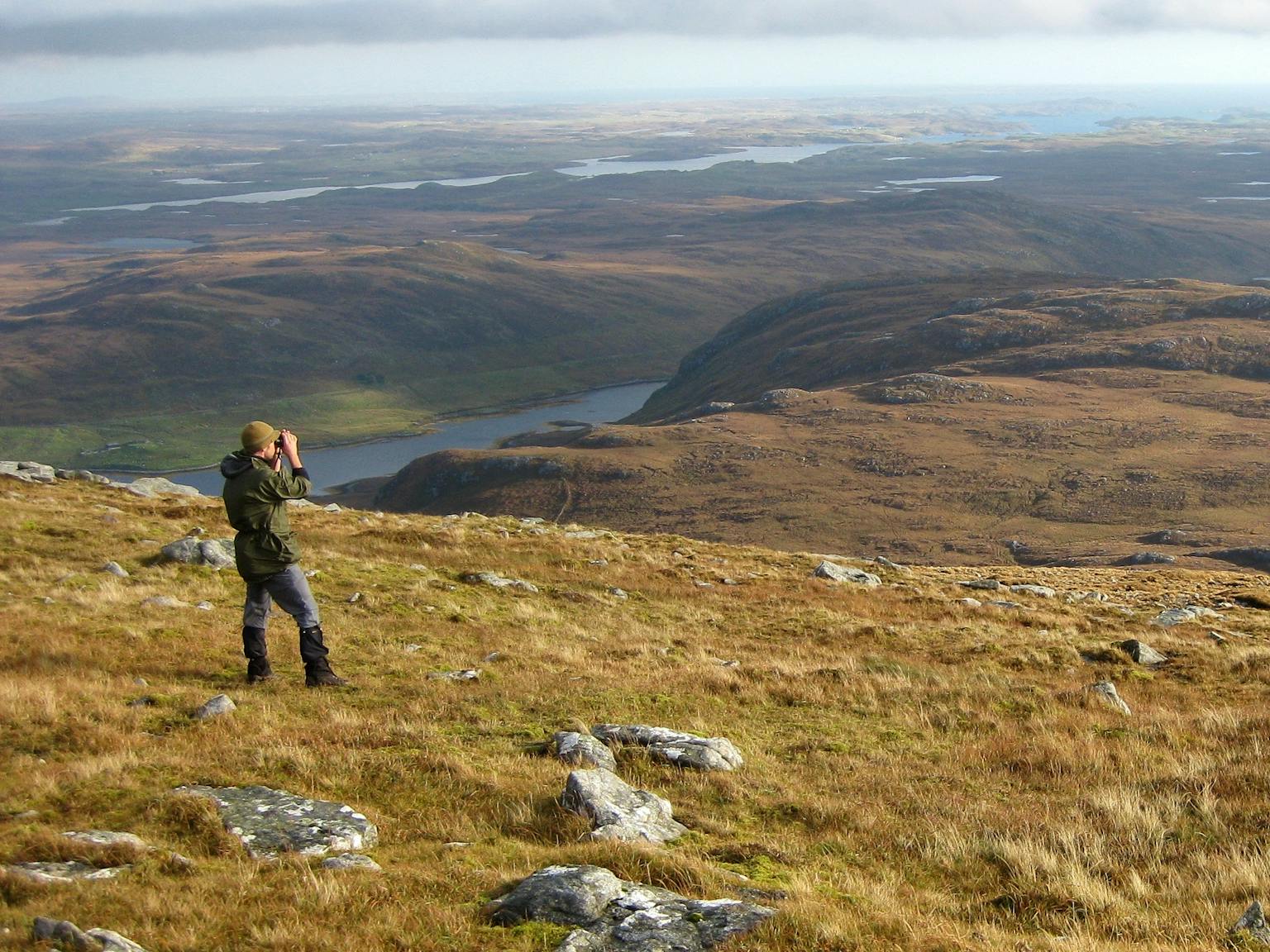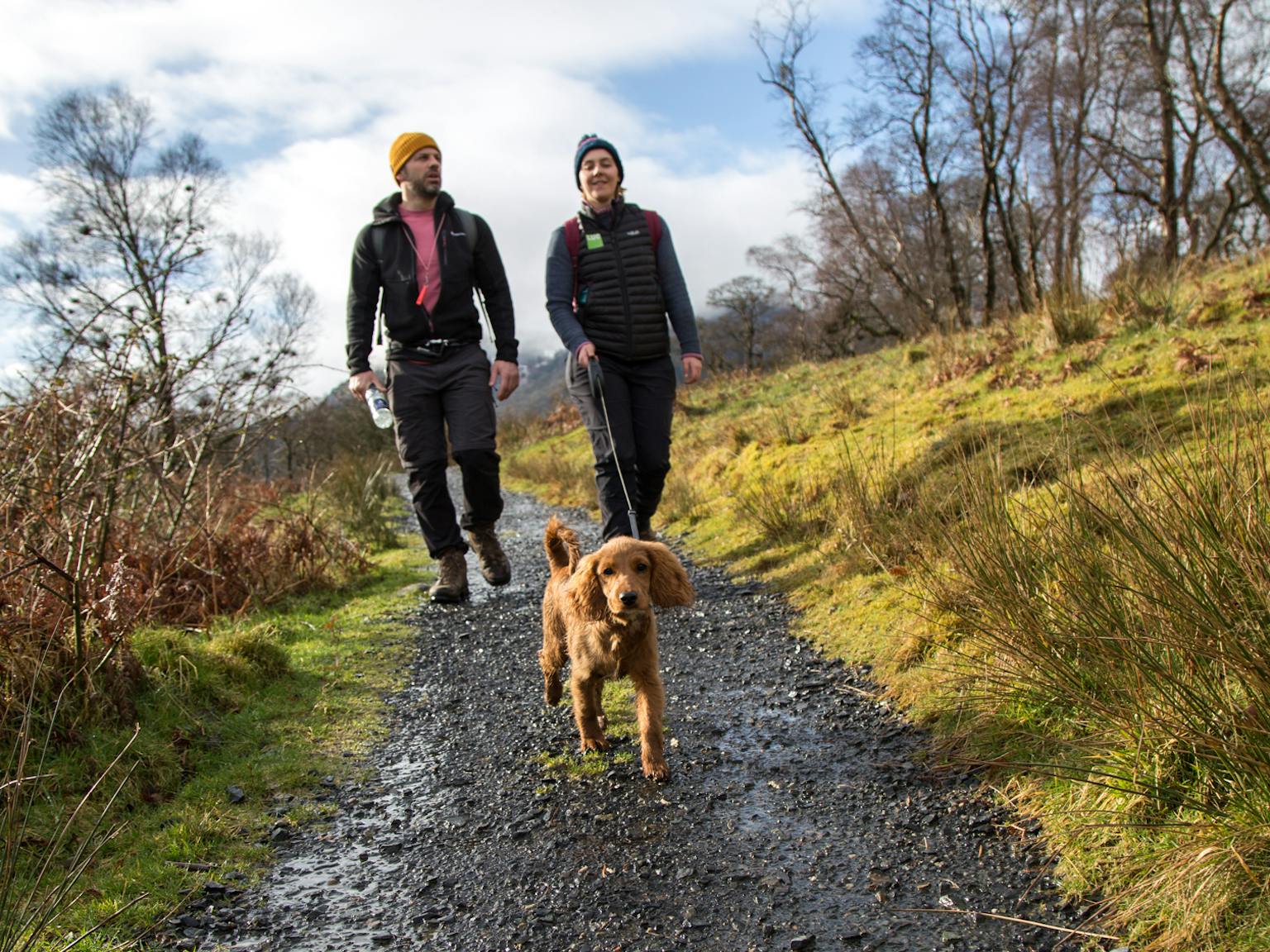
LUC GIS and Visualisation team advising on new LiDAR visualisation data
Our GIS and Visualisation team was excited to see LiDAR height data become freely available at the end of 2015.
This height data covers most of England and Wales, especially river valleys, floodplains and coastal areas, and is available at up to 25cm resolution for some areas. It is available to show the bare earth (DTM) or the surface of buildings and vegetation (DSM).
LiDAR data is very useful for analysing historic sites and landscapes, and it is extremely useful for recording archaeological or topographic features within woodland, since it is possible to record the ground surface where there are gaps in the canopy. LiDAR can also be used in shallow marine environments to create topographic models of the seabed, and for investigating submerged landscapes and sheltered coastal settings.
Previously the only freely available height data was Ordnance Survey Terrain 50. The LiDAR data offers increased accuracy, and its surface model opens up a whole new host of applications.
We have recently used LiDAR data to help the National Trust obtain a better idea of what areas are visible from their Shugborough Estate. In comparison with the OS data, the LiDAR data allowed us to visualise the effects of screening of buildings, trees and hedges, to give a more realistic idea of what is visible. This enabled the National Trust to make better informed decisions on the effect of development in the area.
Do get in touch if you wish to discuss how it can be used in your project.
Recent news
Living Wage Week is here! 🎊 We’re proud to celebrate being part of a movement of over 16,000 employers making a difference by paying the real Living Wage - because everyone deserves a decent standard of living.
LinkedIn, 13 November 2025- News, 17 December 2025
Planning Resource Report 2025: LUC climbs to 7th place









